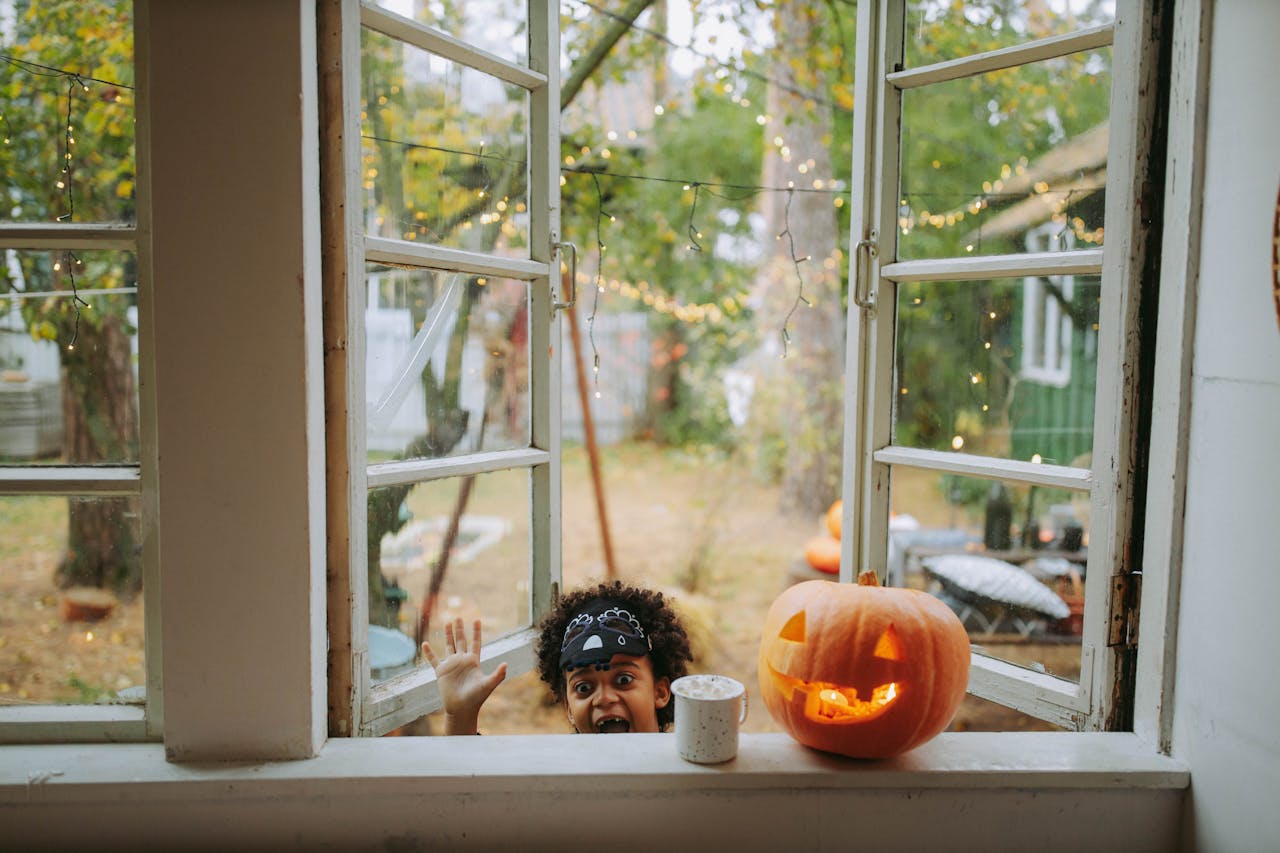Halloween is full of excitement for children and adults alike, but it comes with several safety concerns. With countless kids roaming around your neighborhood collecting candy, the safety of your family and those in your community should be top of mind.
According to the U.S. Consumer Product Safety Commission, about 3,200 Halloween-related injuries are treated in emergency departments each year. Of those injured, almost half (46%) are children. Furthermore, emergency room physicians treat three times the number of pedestrian fatalities on Halloween than on an average night. However, taking precautions can help reduce risks and promote a safe and enjoyable holiday, whether you are taking your child trick-or-treating or handing out candy from home.
This article outlines safety considerations for those taking children trick-or-treating or participating in other Halloween-related activities. Additionally, you can check with local news or city officials to learn when your neighborhood will be trick-or-treating or hosting similar events so you have time to prepare.
Costume Safety
Keep the following tips in mind when designing costumes for adults and children:
- Decorate costumes with bright and reflective elements (e.g., reflective tape) to make them easier to see in the dark.
- Ensure costumes fit properly and aren’t too long to prevent trips and falls.
- Avoid incorporating masks into costumes, as they can hinder vision. Consider face paint instead, if appropriate.
- Be sure costumes are flame-resistant.
Pedestrian Safety
The following can help you and your family stay safe when walking through neighborhoods with young children:
- Stay off your phone and other devices as you cross streets, and always look both ways before crossing.
- Walk, don’t run, to help prevent accidents.
- Always use the sidewalk, if possible. If no sidewalk is available, walk on the far edge of the street, facing traffic.
- Carry glow sticks or flashlights so you and your family can see obstacles on your path. These tools also make you more visible at night.
- Plan your route for trick-or-treating. Stay on well-lit streets.
- Visit houses that are well-lit.
Stranger Safety
If you have a child who is old enough to trick-or-treat without adult supervision, consider these guidelines:
- Encourage your trick-or-treater to go with a group of friends and travel only to familiar houses and neighborhoods.
- Set communication expectations. For example, you could set a curfew and specific check-in times.
- Consider downloading a mobile tracker app to keep up with kids’ locations.
- Educate your child on how to call authorities if they have an emergency while trick-or-treating.
- Teach kids to decline invitations to go inside unfamiliar homes.
Food Safety
Food safety is critical when eating food gifted by strangers, as kids often do on Halloween. Food and candy from unknown sources could cause illness or include harmful ingredients, such as allergens. Before kids dive into their candy haul, be sure to:
- Inspect your child’s candy before they eat any. Teach them to throw away spoiled, unwrapped or suspicious-looking candy.
- Be aware of choking hazards for very young children (e.g., gum, small candies and hard candy).
- Know what your child is allergic to and remove any treats containing those ingredients.
- Feed kids a healthy snack or meal before trick-or-treating to prevent them from overeating sweets. Consider rationing the candy to your child over the coming days and weeks to prevent overindulging in candy and promote a balanced diet.
Preparing Your Home for Trick-or-Treaters
If you are handing out goodies from home this Halloween, here are suggestions to prevent injuries to visitors:
- Remove tripping hazards (e.g., hoses, yard decorations or toys) from your front yard and porch.
- Ensure your outdoor lights are working, and keep them on so trick-or-treaters can see where they’re going.
- Clean leaves from your sidewalk, steps or porch to prevent visitors from slipping on them.
- Keep pets inside and away from visitors.
- Consider handing out nonedible treats to trick-or-treaters. Since children with food allergies may be unable to enjoy candy, offering items like glow sticks, bouncy balls, spider rings, vampire fangs or stickers allows everyone to participate in the fun.
Alternatively, if you don’t plan to hand out candy, you may want to turn off outdoor lights or post a sign on your door to discourage trick-or-treaters.
Conclusion
Taking safety measures and staying alert can help keep everyone safe this Halloween. Check with local city officials to learn about Halloween-related events in your area.
© 2024 Zywave, Inc. All rights reserved.
Need Halloween Help from A New England Nanny?
If you’ll be taking your little ones around the neighborhood, do you need someone to stay home and give out candy? Or if you have kids too young to trick-or-treat, let one of our sitters take care of them while you have some adult Halloween fun! Or if you’ll have a big group running around and you need an extra hand, we can help with that too.
Request a service or give us a call at (518) 348-0400 and let us know how we can make your life easier!

